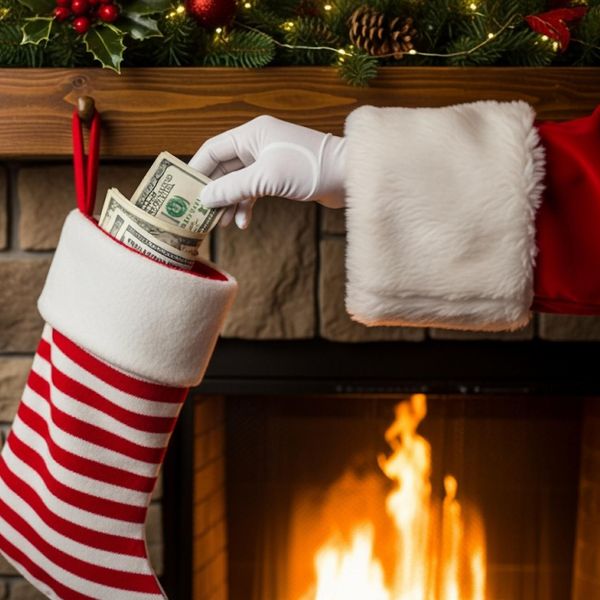If there is one word that best summarizes the Trump administration’s maximum pressure campaign on Iran, it's “failure.”
The two-and-a-half-year strategy of squeezing the Iranian economy as tightly as a boa constrictor with a mouse has resulted in the exact opposite of what its proponents predicted. Iran’s political leadership isn’t crying “uncle!” It’s instead retaliating with maximum resistance of its own.
The genesis of the maximum pressure campaign as articulated by former national security adviser John Bolton and hawkish think tanks like the Foundation for Defense of Democracies, was founded upon a simplistic but appealing narrative: the Iranian Islamic regime has grand designs on the Middle East, including a kind of 21st century colonization that would swallow the region whole. Because this narrative was already fully entrenched in Washington's security and intelligence establishment, it was a relatively easy one to sell to an administration staffed to the gills with Iran hawks.
The main theoretical assumption underlying the maximum pressure campaign was as shallow as it was tempting: pummel the Iranian economy with so many restrictions that the ayatollahs would have no choice but to crawl back to the table on their hands and knees and negotiate a new agreement on Washington’s terms.
However, knowing that caving to U.S. demands would leave it highly vulnerable to similar tactics in the future, the Iranian government has held firm to its original position: if the U.S. wants to talk about a bigger and better deal, it must first re-enter the original Joint Plan of Comprehensive Action (JCPOA) and compensate Tehran for its losses. The Trump administration, as can be expected, finds Iran’s demands absurd, if not insulting. Indeed, as of this writing, the White House, State Department, and Treasury are actively debating blacklisting what is left of the entire Iranian financial sector and thereby severing it from the international community.
Washington and Tehran are at a standstill, with each side viewing the other as intrinsically hostile to its interests. The prospects of any negotiation being conducted in such a poisonous atmosphere is close to nil. And notwithstanding Democratic presidential nominee Joe Biden’s intention to get right back to the table if he wins the election, it’s increasingly unlikely the Iranian political establishment will be interested in such a proposition without a series of U.S. assurances that could be politically unpalatable inside the Beltway.
Meanwhile, the maximum pressure enthusiasts continue to resurrect the same shopworn argument: if you, Mr. President, show patience and get creative with the financial tools at the Treasury’s disposal, there will eventually come a time when Supreme Leader Ali Khamenei will raise the white flag like Japanese Emperor Hiroshito in 1945, or be forced into exile by a bunch of angry Iranians with pitchforks.
To be fair, the Mark Dubowitzs of the world are not wrong about Iran’s economy contracting. Iran is indisputably crippled by the sanctions. The World Bank’s latest quarterly report on Iran’s economy finds that Tehran’s exports between 2019 and 2020 declined by over 30 percent. The International Monetary Fund projects Iran to lose 6 percent of its GDP by the end of this year. Iran’s oil industry has taken a beating, with crude exports plunging from 2.5 million barrels per day in May 2019 to as low as 400,000 bpd this month. Even Iranian President Hassan Rouhani has admitted how devastating the sanctions are; speaking on September 26, Rouhani claimed that Tehran has lost $150 billion since Washington withdrew from the nuclear deal and reimposed sanctions.
But despite this, the Iranians are as resistant to altering their position today as they were three years earlier. Indeed, if anything, Iran has acquired additional leverage by increasing its enriched uranium stockpile tenfold. The only thing U.S. policy has achieved thus far is an Iran that is more aggressive about when and where to use military force, a resurgent camp of Iranian hardliners grabbing ever more power in Tehran, a constellation of rockets and mortars slamming into U.S. military facilities on a weekly basis, and an Iranian population that is scrounging for medical devices and pharmaceuticals at the same time COVID-19 continues to rage. None of this can even be remotely described as success.
U.S.-Iran relations are likely to get worse before they get better. However, any improvement will be illusory if both sides refuse to do their part in de-escalating tensions. For Iran, this will require getting the Shia militia units it supports in Iraq in line and continuing to allow IAEA inspectors to conduct their work. For the U.S., it means finally coming around to the realization that maximum pressure has been a catastrophic blunder. The only alternative --- deeper animus, a severance of all dialogue, a long-term clash of wills and all the security risks such a clash entails) --- is no alternative at all.
















